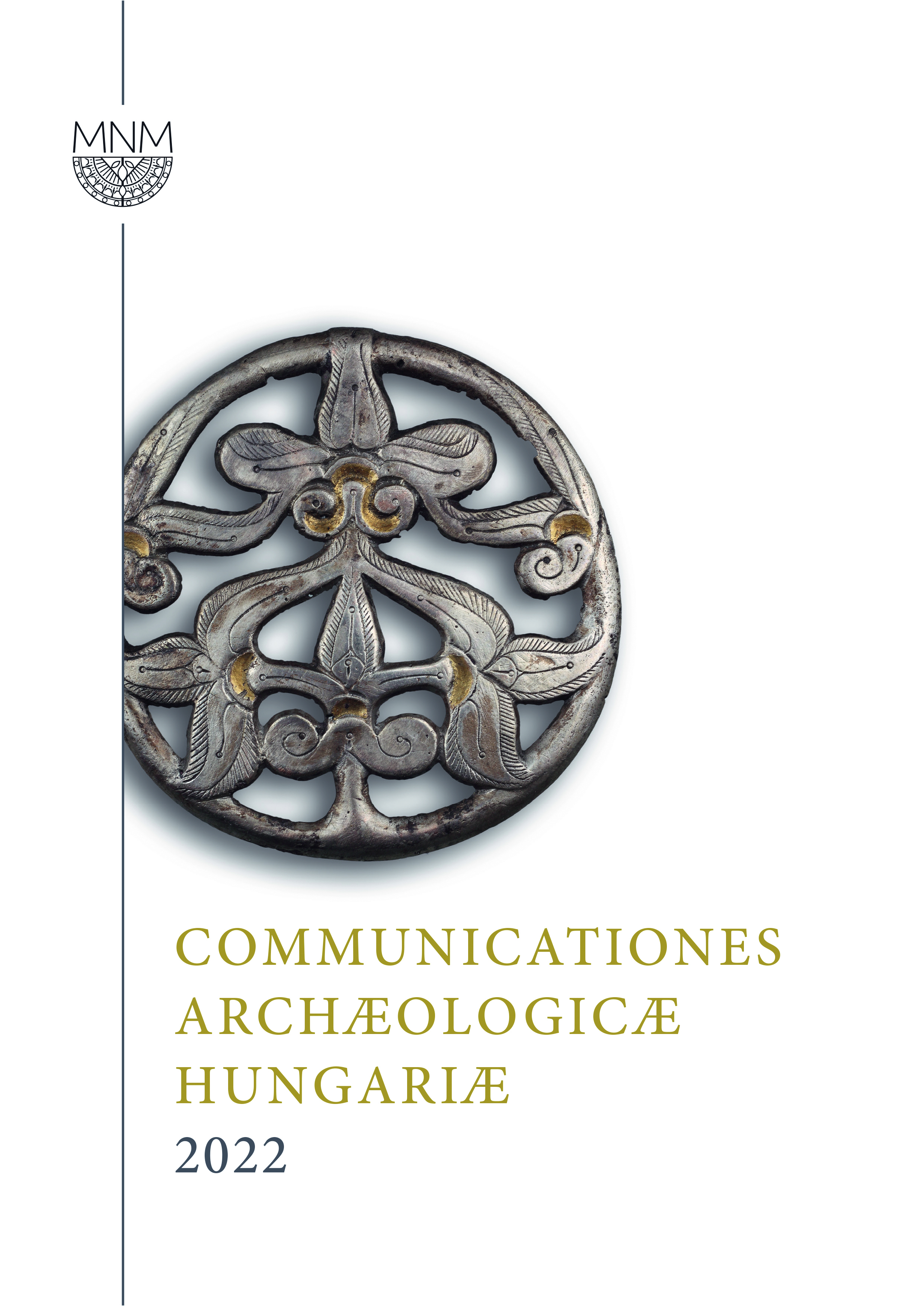Published 2023-09-21
Keywords
- burnished ware, jug, bottle, 12th–13th century, commerce, import tableware, Balkans, Buda Castle, Orosháza-Bónum
How to Cite
Abstract
This paper provides a short but comprehensive survey of the 12th–13th-century burnished pottery. The base of our research comprises the archaeological material of two sites: the 12th–13th-century settlement part excavated inside the walls of Buda and the settlement at Orosháza-Bónum. We put much emphasis into finding the origins of the pottery type in question, including visiting museums in other countries and viewing their collections. We are still tracing the type’s connections to the Balkans, but may safely state already that all specimens found in Hungary were imported. The provenance and presence of burnished vessels can be linked to historical events in the last third of the 12th century, the external relations of the Hungarian Kingdom, and the directions of the trade routes. We considered it essential to draw attention to the differences in surface treatment, the diversity of forms, and the appearance of new forms. Finally, we wish to call attention to the decoration of the pottery types appearing together with burnished ware.


